PsychNewsDaily Publishers
100 Summit Drive
Burlington, MA, 01803
Telephone: (320) 349-2484
PsychNewsDaily Publishers
100 Summit Drive
Burlington, MA, 01803
Telephone: (320) 349-2484
Ancient civilizations like the Indus Valley, Maya, and Minoans thrived with advanced cultures but ultimately vanished, leaving mysteries of their decline and legacies behind.
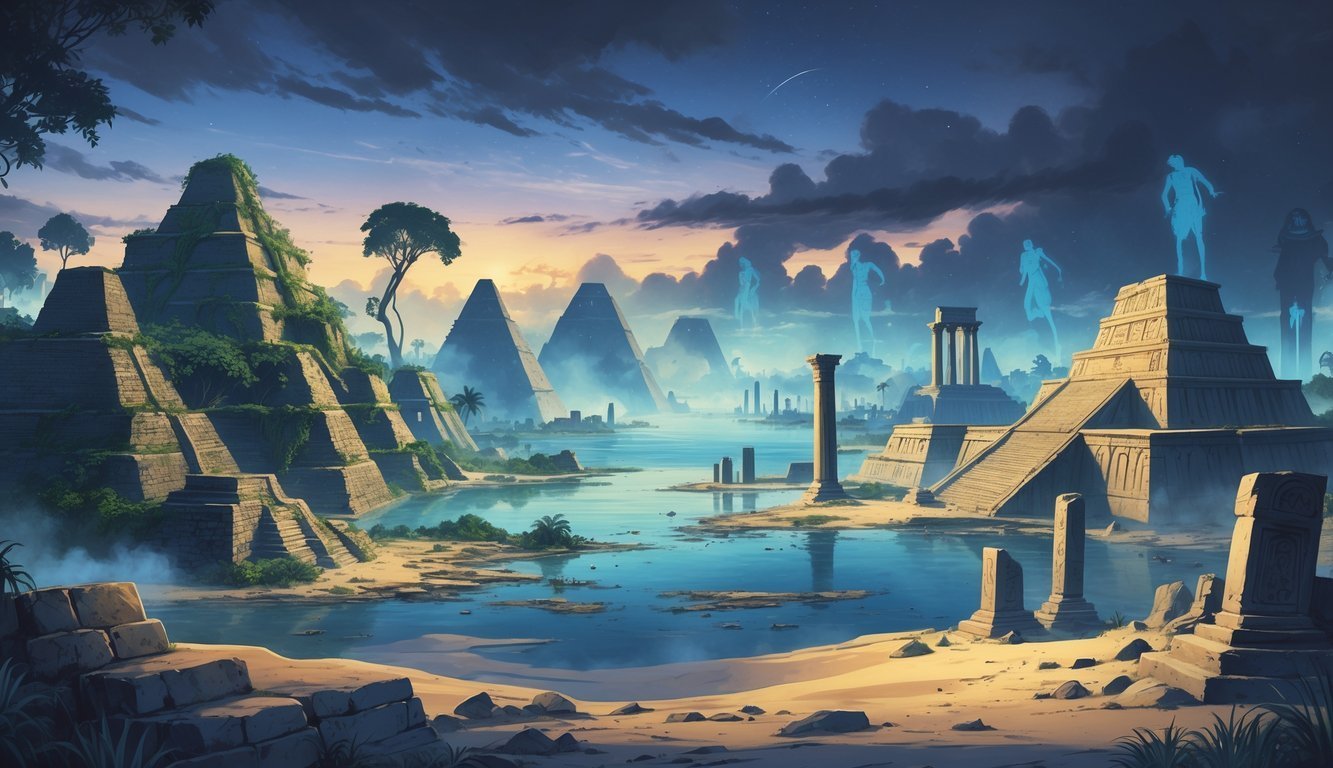
You’ve probably heard about ancient civilizations that once thrived, then just vanished. These lost societies built incredible cities, shaped early human history, and left us with more questions than answers.
Why did these civilizations disappear? We still don’t really know, and that’s part of what keeps us hooked. Looking at how they rose and fell gives us a window into the past—and makes you wonder, what really happened?
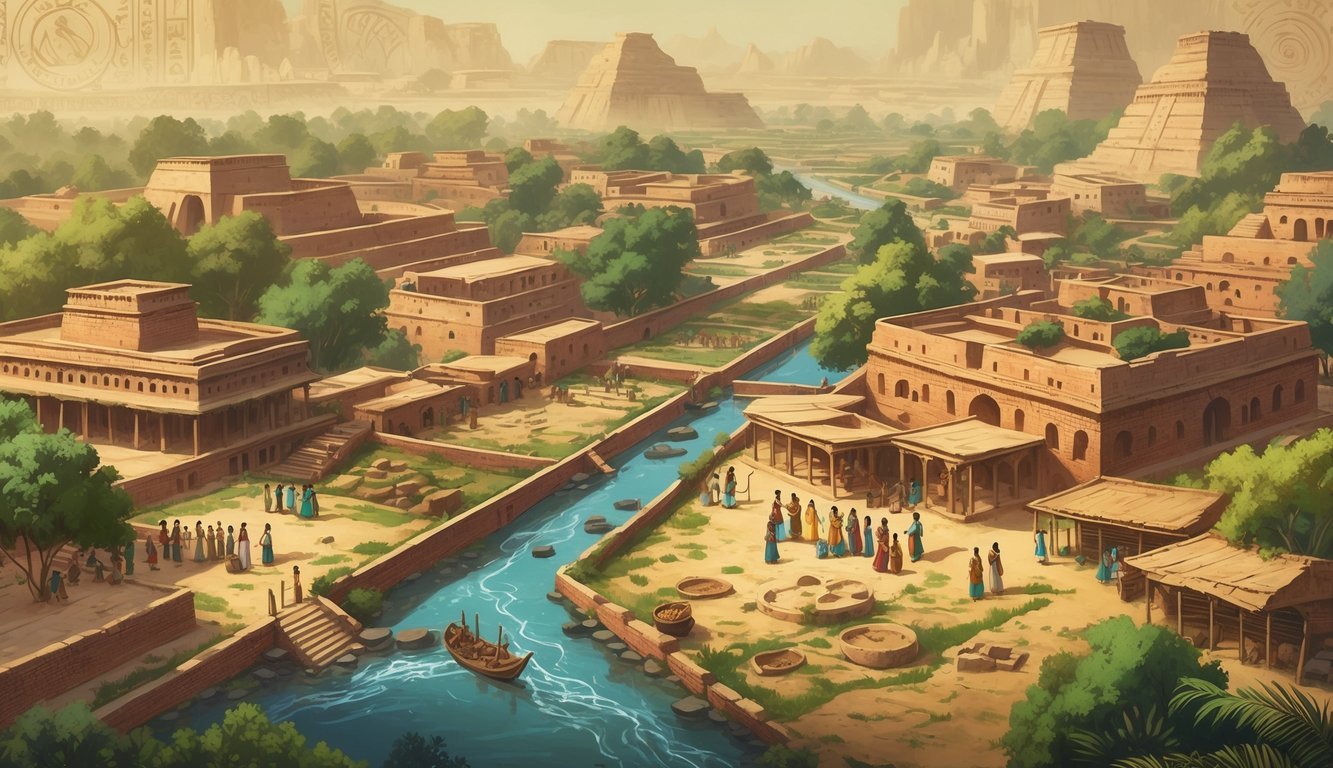
Let’s talk about the Indus Valley Civilization, one of the world’s earliest urban cultures. It thrived around 2500 BCE in what’s now Pakistan and northwest India.
Cities like Harappa and Mohenjo-Daro had straight streets and impressive drainage systems. They built well-organized homes and public baths that still impress us today.
By 1900 BCE, the Indus Valley people were gone. No one really knows why. Some folks point to climate change or massive floods.
If you wander their ruins, you’ll find only hints left behind. It’s wild how such a powerful culture could just disappear.
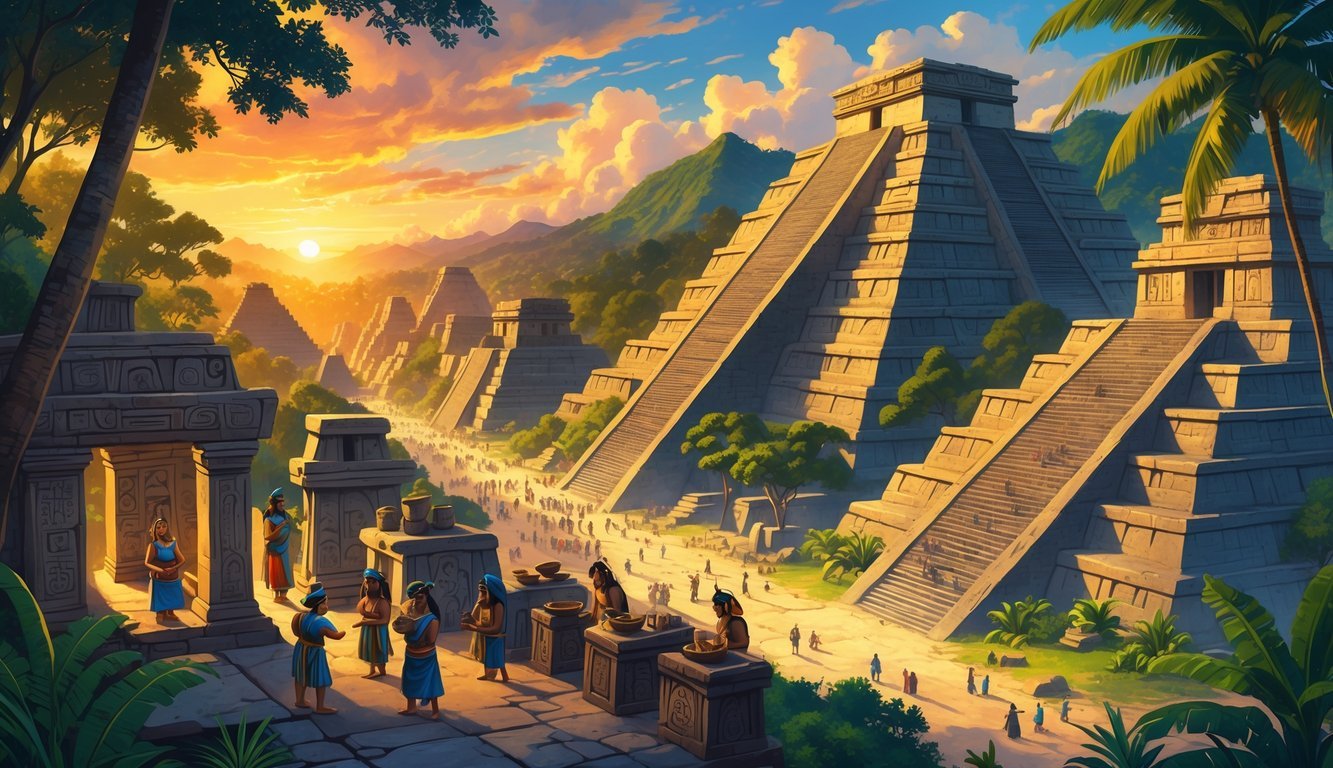
The Maya were ahead of their time. They built massive cities, made complex calendars, and left behind stunning art.
But around 900 CE, people abandoned many Maya cities. Why? Nobody’s sure. Drought, war, something else? Theories are all over the place.
Stand among their temples today and you’ll feel the mystery in the air. The Maya’s sudden decline is still one of the biggest puzzles in history.
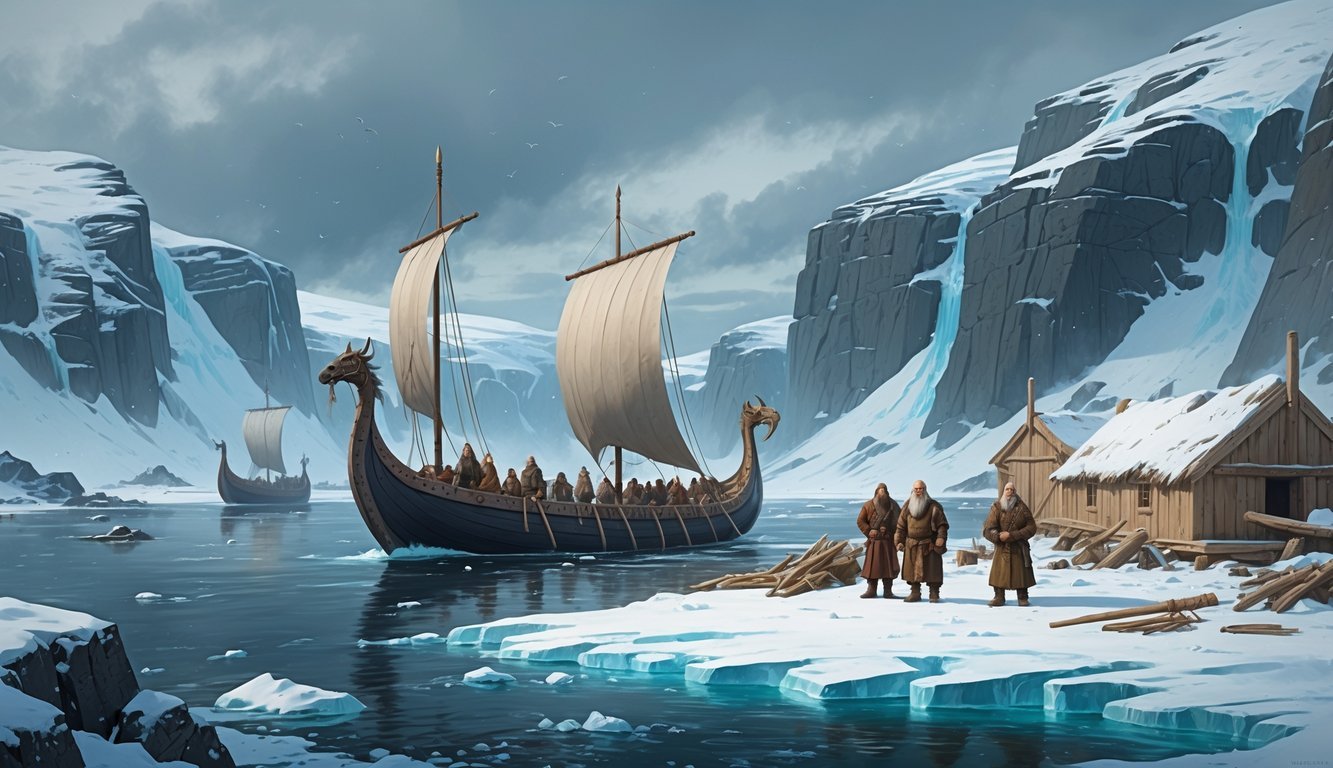
Did you know Vikings settled Greenland over a thousand years ago? Erik the Red led them there, and they built farms and churches along the island’s west coast.
They managed to survive during the Medieval Warm Period, adapting to the land. But by the 1400s, the Vikings had vanished from Greenland.
Why? We’re still guessing—maybe it was the changing climate, lost trade, or clashes with the Inuit. Their stone ruins still stand, and honestly, the mystery just makes their story more intriguing.

The Ancestral Puebloans, or Anasazi, lived where Arizona, New Mexico, Utah, and Colorado meet. They carved out cliff dwellings like the ones at Mesa Verde.
Their pottery and farming? Surprisingly advanced. By 1600 CE, though, they’d disappeared.
The reasons are still up for debate—drought, conflict, or maybe migration. Their descendants, the Pueblo peoples, still keep many traditions alive.
You can walk through their ancient homes and try to piece together what happened.
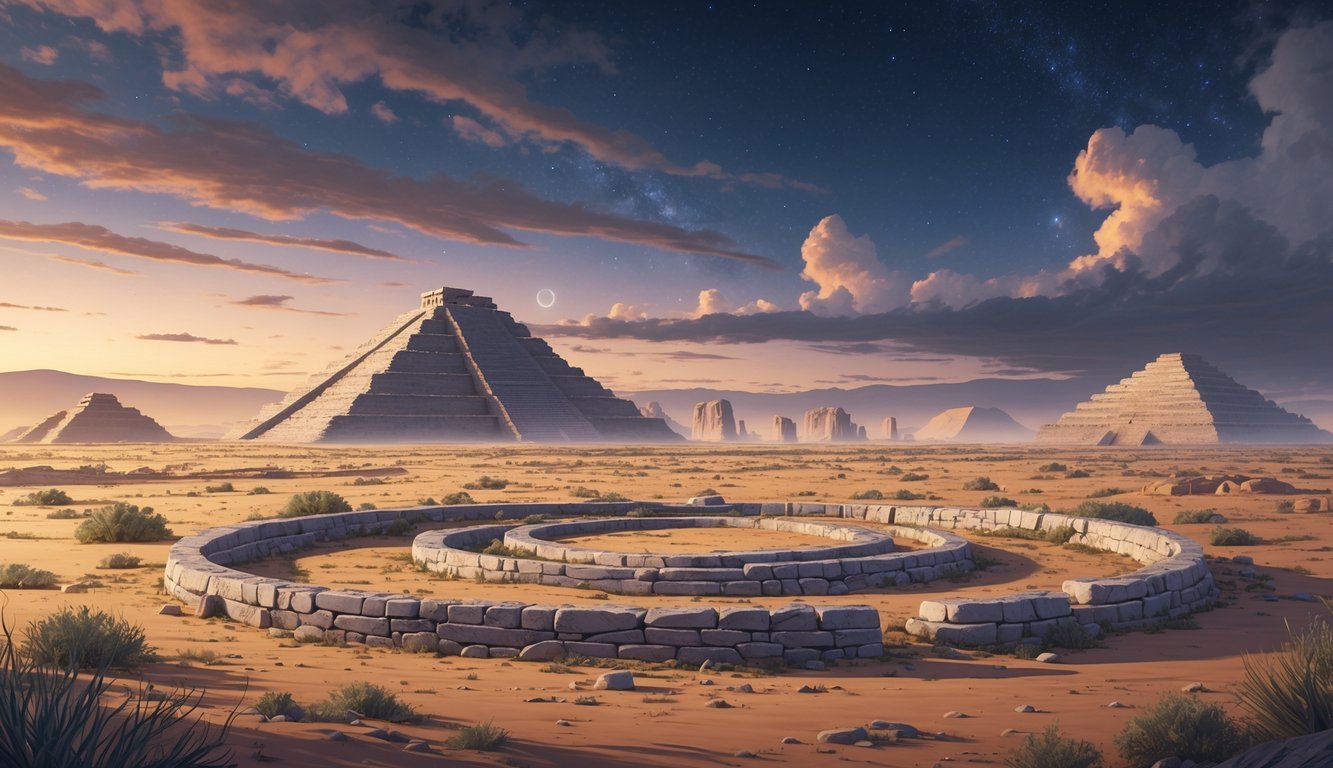
The Nabta Playa society lived in southern Egypt between 11,000 and 6,000 years ago. They mostly moved with the seasons, but they also built some of the world’s oldest stone circles.
These stones line up with the stars, showing they had a surprising grasp of astronomy. It’s kind of mind-blowing, honestly.
No one really knows why this group faded away. Their story makes you rethink what you know about early civilization.
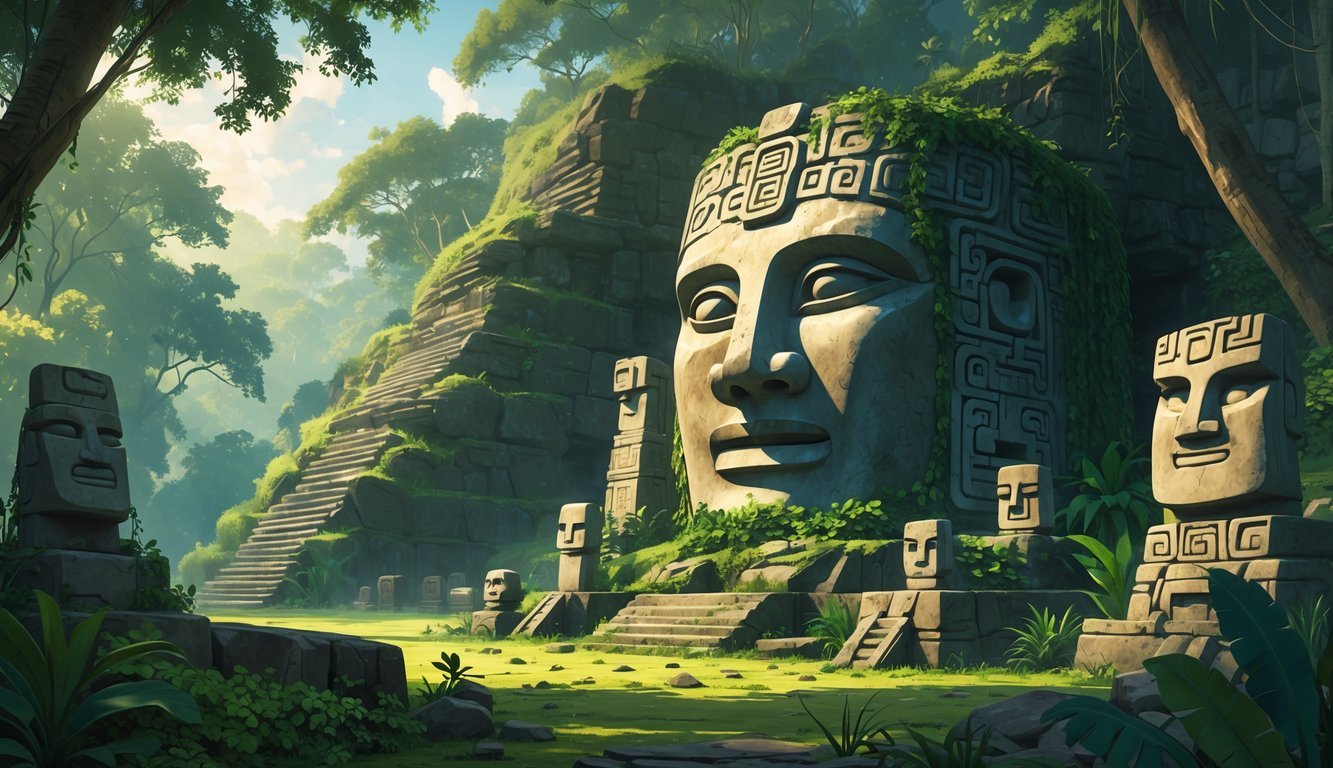
The Olmecs lived in what’s now Mexico from about 1200 to 400 BCE. People call them the “mother culture” of Mesoamerica.
They carved those gigantic stone heads you’ve probably seen in photos. Their art and writing system were way ahead of their time.
Strangely, the Olmecs vanished, and nobody’s pinned down the reason. Their ruins are still there, but their sudden end keeps us guessing.
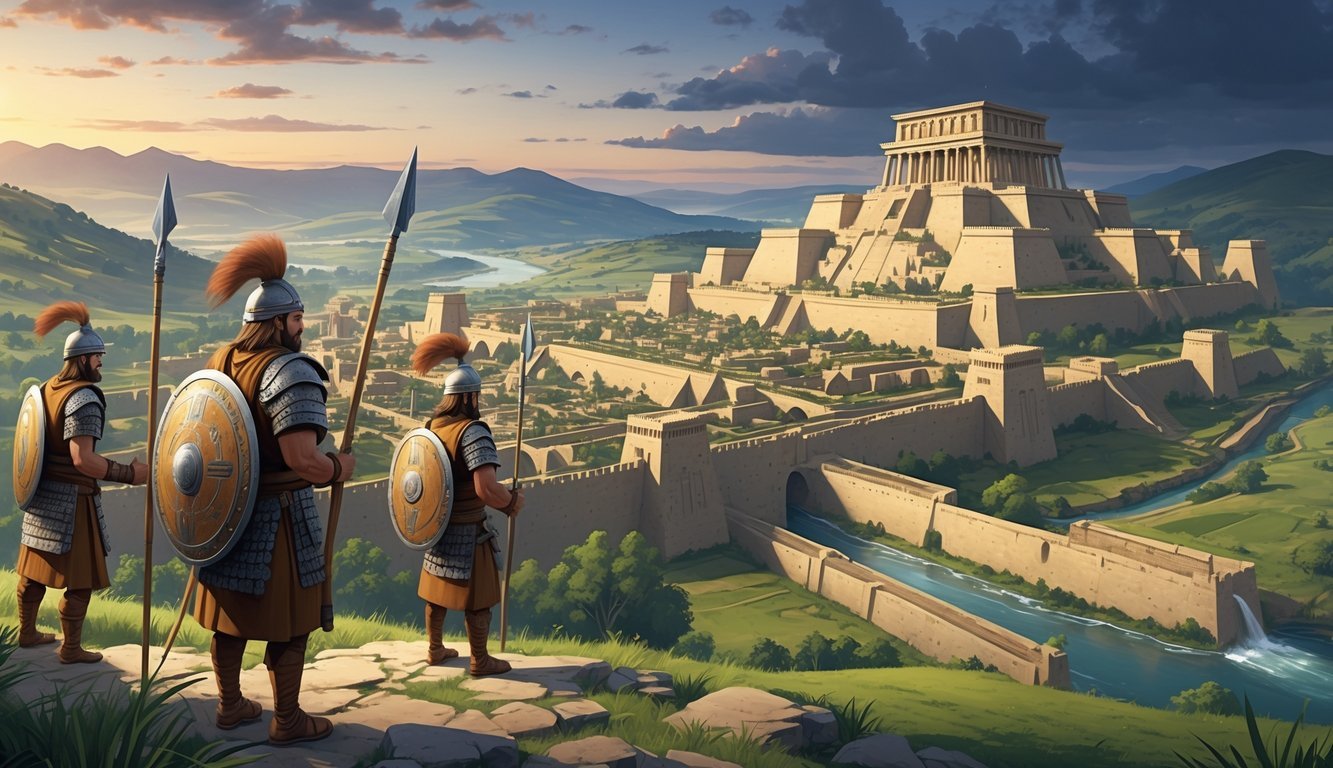
The Hittites built an empire in ancient Anatolia around 1600 BCE. They were early adopters of iron and their armies used fast chariots.
Their legal system influenced other cultures, which is pretty cool. If you visit Hattusa, their old capital, you’ll find plenty of secrets in the ruins.
The empire collapsed around 1180 BCE, but the reasons are murky. Their legacy, though, still makes history buffs excited.
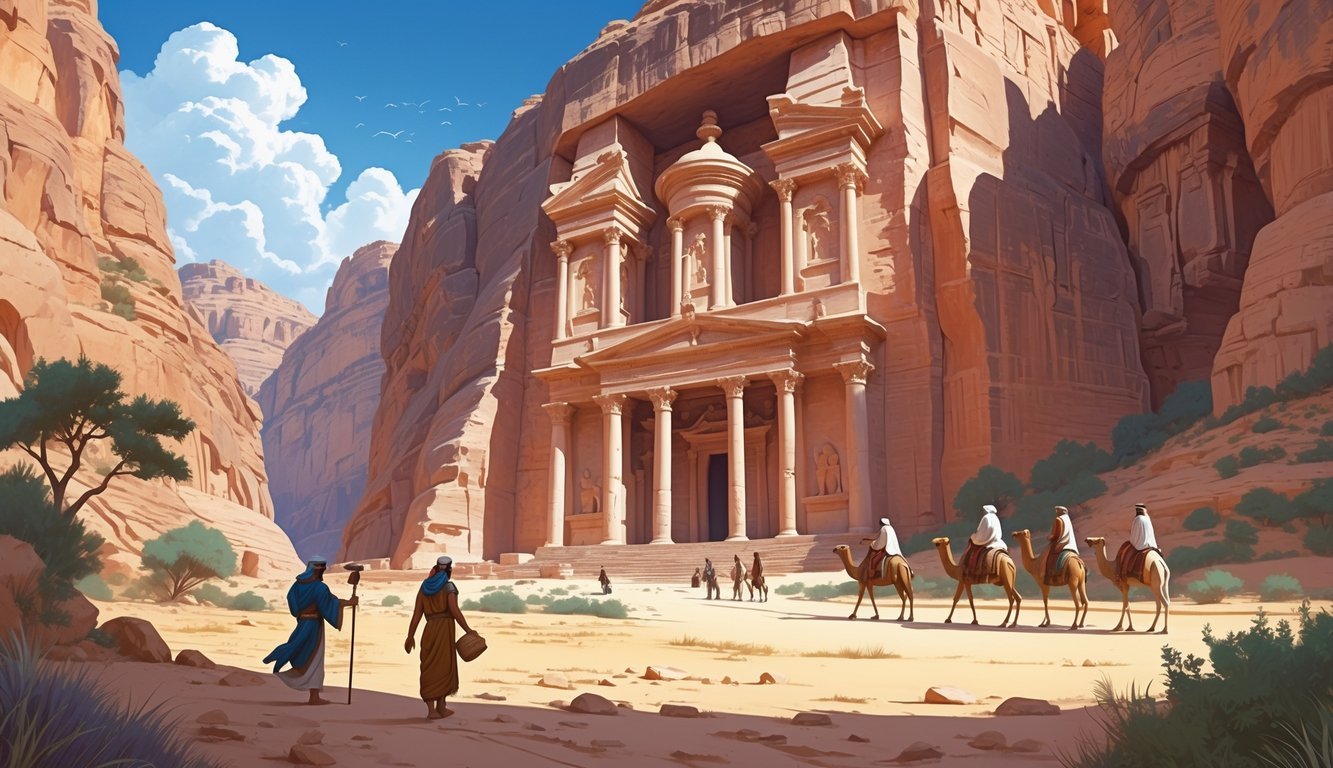
You might recognize the Nabateans from Petra in Jordan. They started out as nomads, settling there around the 6th century BCE.
They turned the desert into a trade hub, carving those incredible sandstone buildings. Their wealth came from controlling trade routes—spices, silk, you name it.
Their kingdom once stretched across Syria, Arabia, and Palestine. But then, just like that, they disappeared. The ruins are still there, but the story behind their fall is a bit of a head-scratcher.
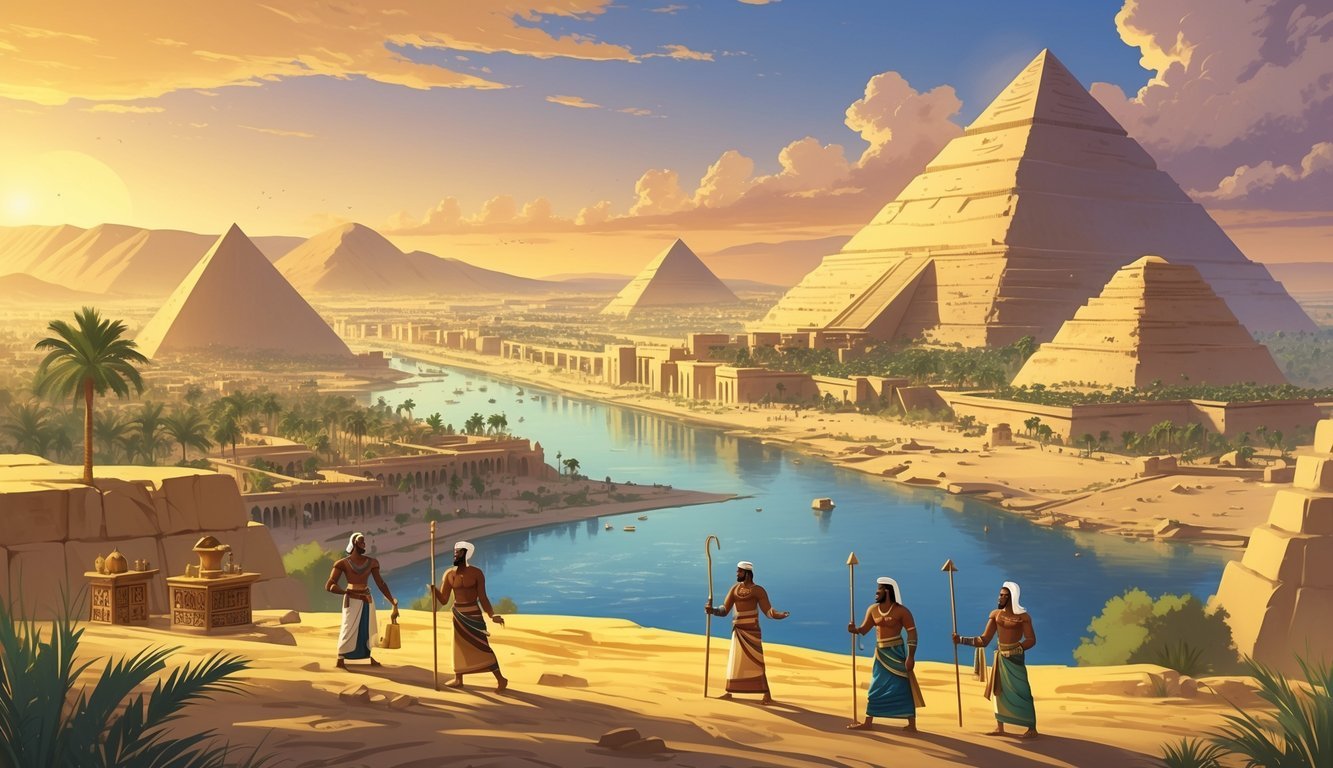
The Kingdom of Kush grew along the Nile, south of Egypt. They lasted from around 1070 BC to 550 AD—pretty impressive.
Kush controlled parts of modern Sudan and southern Egypt. Their cities and art were unique, with pyramids and temples that still turn heads.
They even ruled Egypt for a while, which is wild to think about. The reasons for their decline, though, are still a mystery. Their story leaves you curious, wanting to know more.
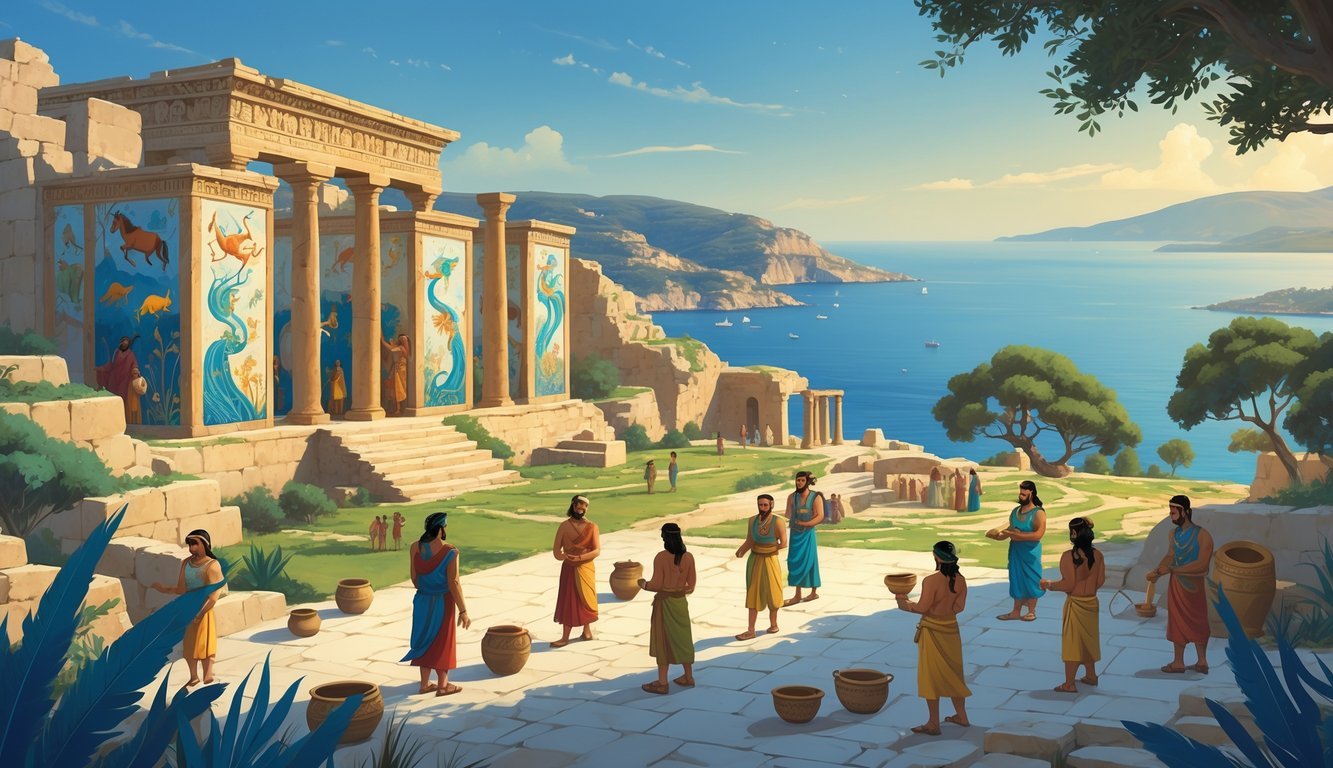
The Minoan Civilization grew on the island of Crete, and honestly, it’s hard not to be a little amazed by what they did. They built these grand palaces, packed with gorgeous art and spaces that just feel intentional.
Their trading ships sailed all over the Mediterranean, connecting them with so many different cultures. Because of this, their culture just exploded with new ideas and energy.
But here’s the thing—no one really knows why the Minoans vanished. Some folks blame natural disasters, maybe a volcanic eruption or two, or even invasions. Still, the real reason? It’s a mystery.
You can spot their legacy in their art and buildings even now. Digging into the story of the Minoans lets you wander through a world that’s honestly still full of questions and wonder.